
How do Fossils get Inside Rocks? (with pictures)
Fossil Shellsof the San Joaquin Valley. Most fossils found in the San Joaquin Valley are the shells of animals known as molluscs, which include both bivalves (e.g., clams) and gastropods (e.g., snails). One of the premier collecting sites for these is the Kettleman Hills, which are now closed due to liability concerns.

Research offers insight into how oldest fossils formed
The most common sea shells found on modern beaches are mollusks (phyllum Mollusca). The most commonly observed mollusks types (classes) are clams (Pelecypoda), snails (Gastropoda), and squids and octopi (Cephalopoda). These classes also represent the most common mollusk fossils in Kentucky.
PaleoScene New Fossil Shells
Lee began donating his shell collection to the museum on the University of Florida campus in 2010, and continues to personally transport increments of the nearly 1 million shells, estimated to be the largest private collection in the world. "The ability of museums to absorb a collection is limited by the manpower and other resources of a.

Central Texas. Beautiful spiral shell fossils that my sons have given me over the years. My
Fossils can be body fossils, which are remains of the organism itself or trace fossils, such as burrows, tracks, or other evidence of activity. Preservation as a fossil is a relatively rare process. The chances of becoming a fossil are enhanced by quick burial and the presence of preservable hard parts, such as bones or shells.
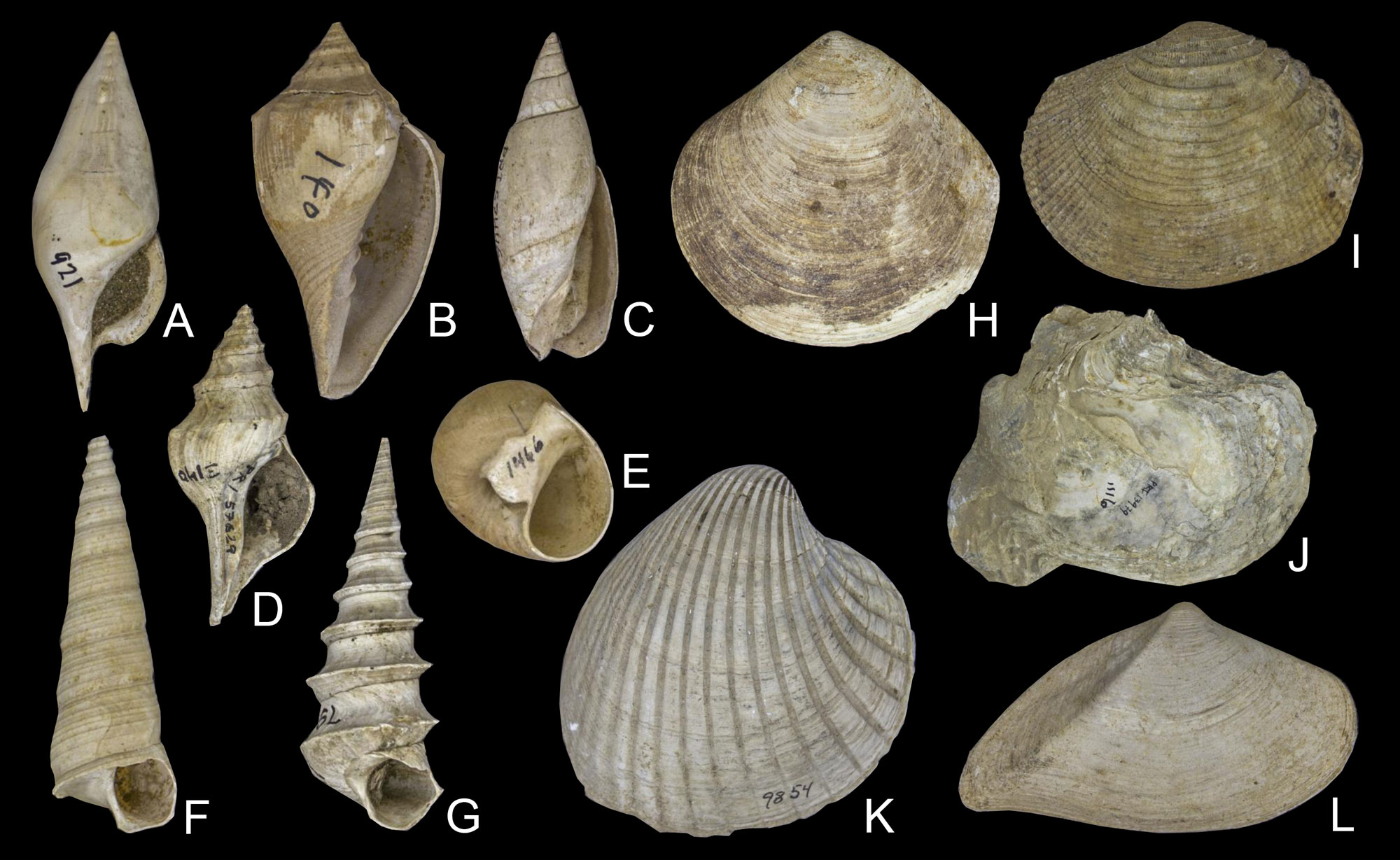
Fossils of the Coastal Plain — EarthHome
Paleontology Paleontology is the study of the history of life on Earth as based on fossils. Fossils are the remains of plants, animals, fungi, bacteria, and single-celled living things that have been replaced by rock material or impressions of organisms preserved in rock. Grades 3 - 12 Subjects Geology, Geography, Earth Science, Biology Photograph
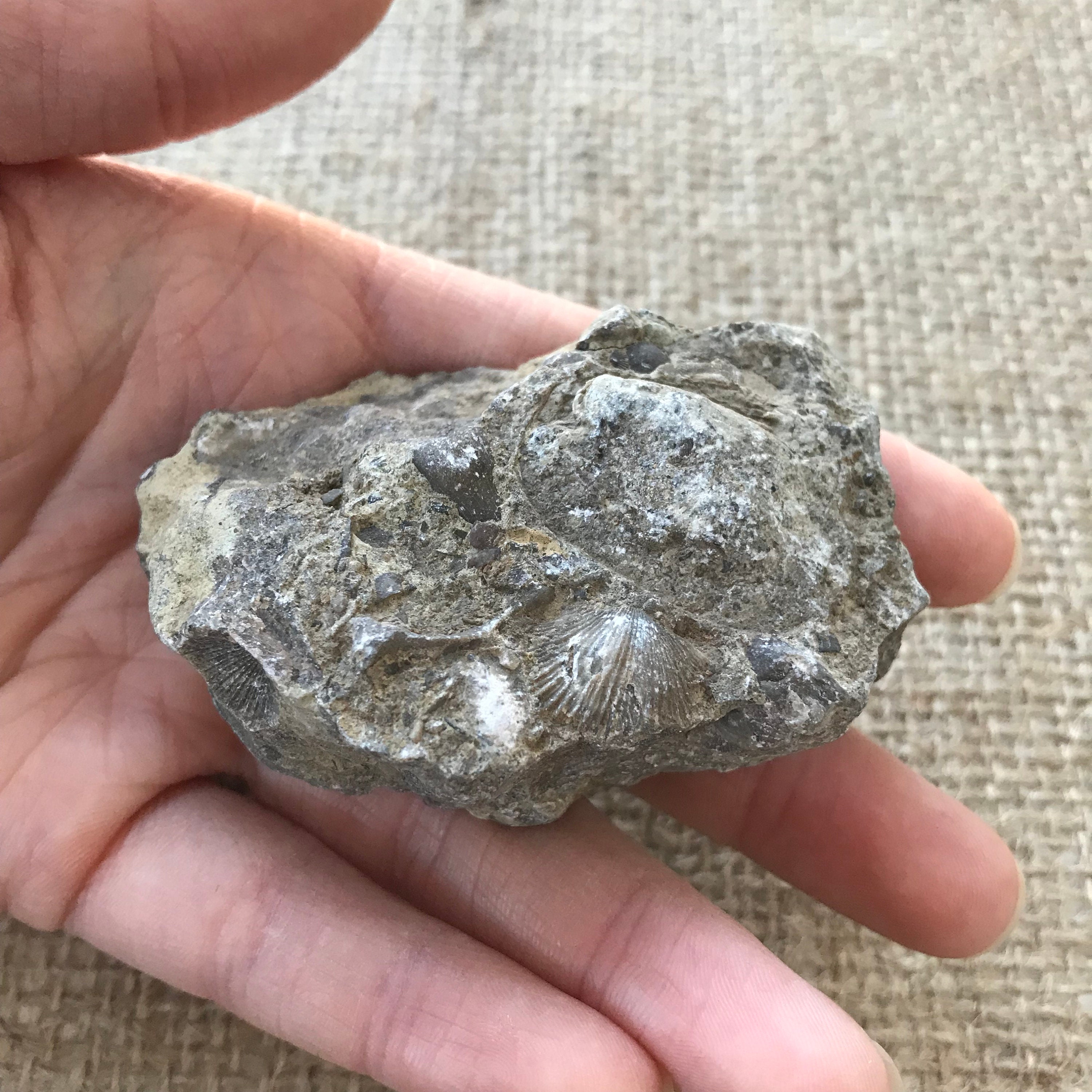
Fossil hash plate. Fossilized sea shells and shark teeth.
Based on the fossil record, ammonites came in a wide range of sizes and shapes, from smaller than an inch to as large as nine feet wide. Some ammonites had long, straight shells, while others had.

Seashell Fossils by Undistilled on DeviantArt
The fossils of bones, teeth, and shells are called body fossils.
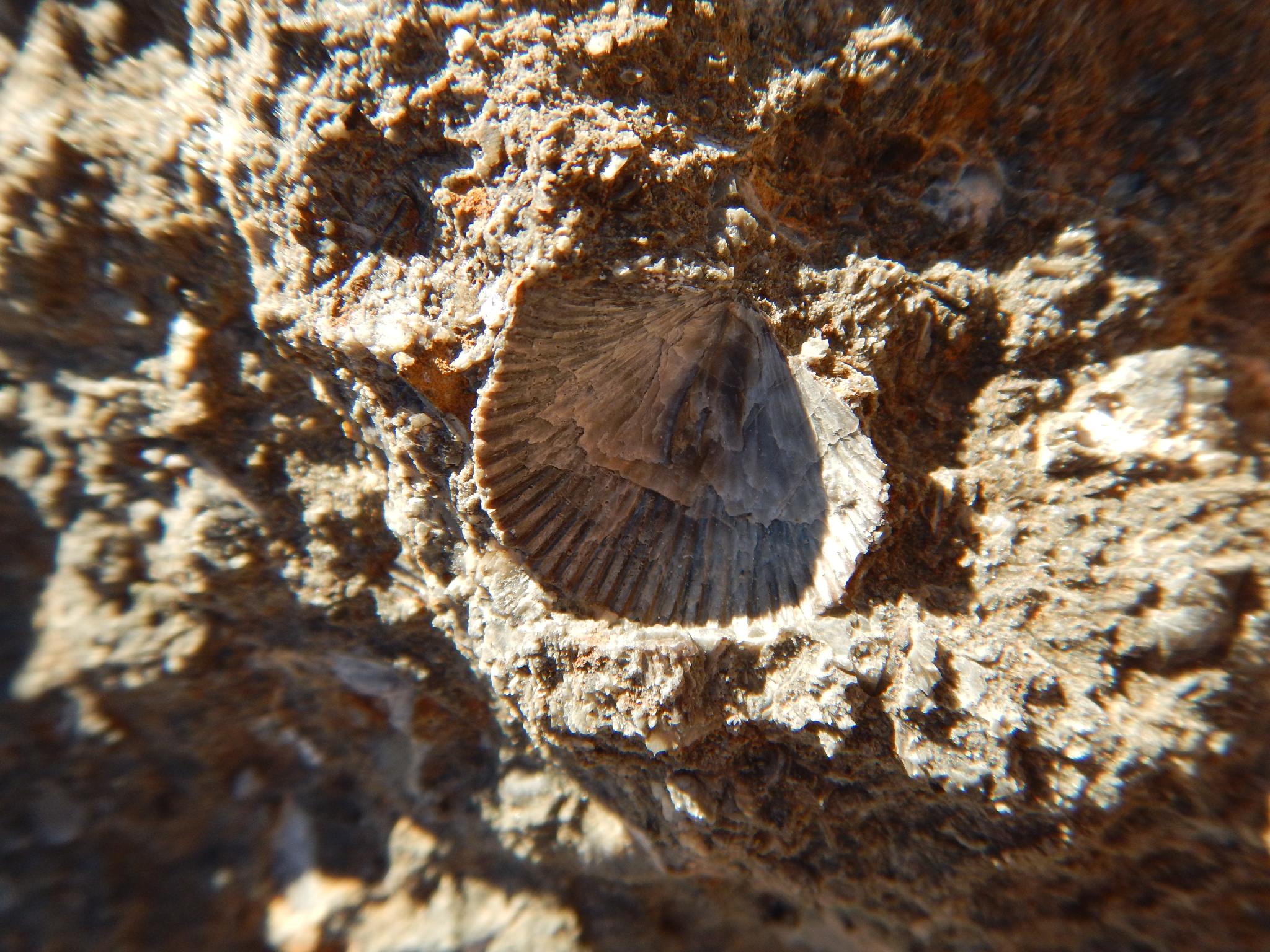
fossilized sea shell Fossil Mountain Delta Road Trip Ryan
They consist not only of hard body parts, such as bone and shell, but also may be impressions of plants, or tracks, trails, and burrows. Fossils can tell us what life was like on Earth in ancient geologic time, helping geologists describe ancient depositional environments and understand past climates.
/cut-of--fossil-nautilus-shell-144242063-59cd8ddac41244001061755c.jpg)
Explore Fossils in a Photo Picture Gallery
It is a piece of wood that has silicified on the outside but has the original, fibrous wood on the inside. This amazing fossil is 14 million years old. The outside of the buried log was sealed by.

Limestone with Turritella shell fossils Stock Image E415/0255 Science Photo Library
Bones and shells decompose much more slowly. Over long times, their mineral materials dissolve. That can happen rapidly when the shells and bones lie on the ground surface or on the sea bottom. If the shell or bone is buried in sediment, it dissolves more slowly.. The most common fossils are shells of marine animals like clams, snails, or.

Fossil Shell Collections Southern Arrow, Fossil Shells From Southern Arrow For Sale
About 5,000 fossil genera. Brachiopods ( / ˈbrækioʊˌpɒd / ), phylum Brachiopoda, are a phylum of trochozoan animals that have hard "valves" (shells) on the upper and lower surfaces, unlike the left and right arrangement in bivalve molluscs. Brachiopod valves are hinged at the rear end, while the front can be opened for feeding or closed.
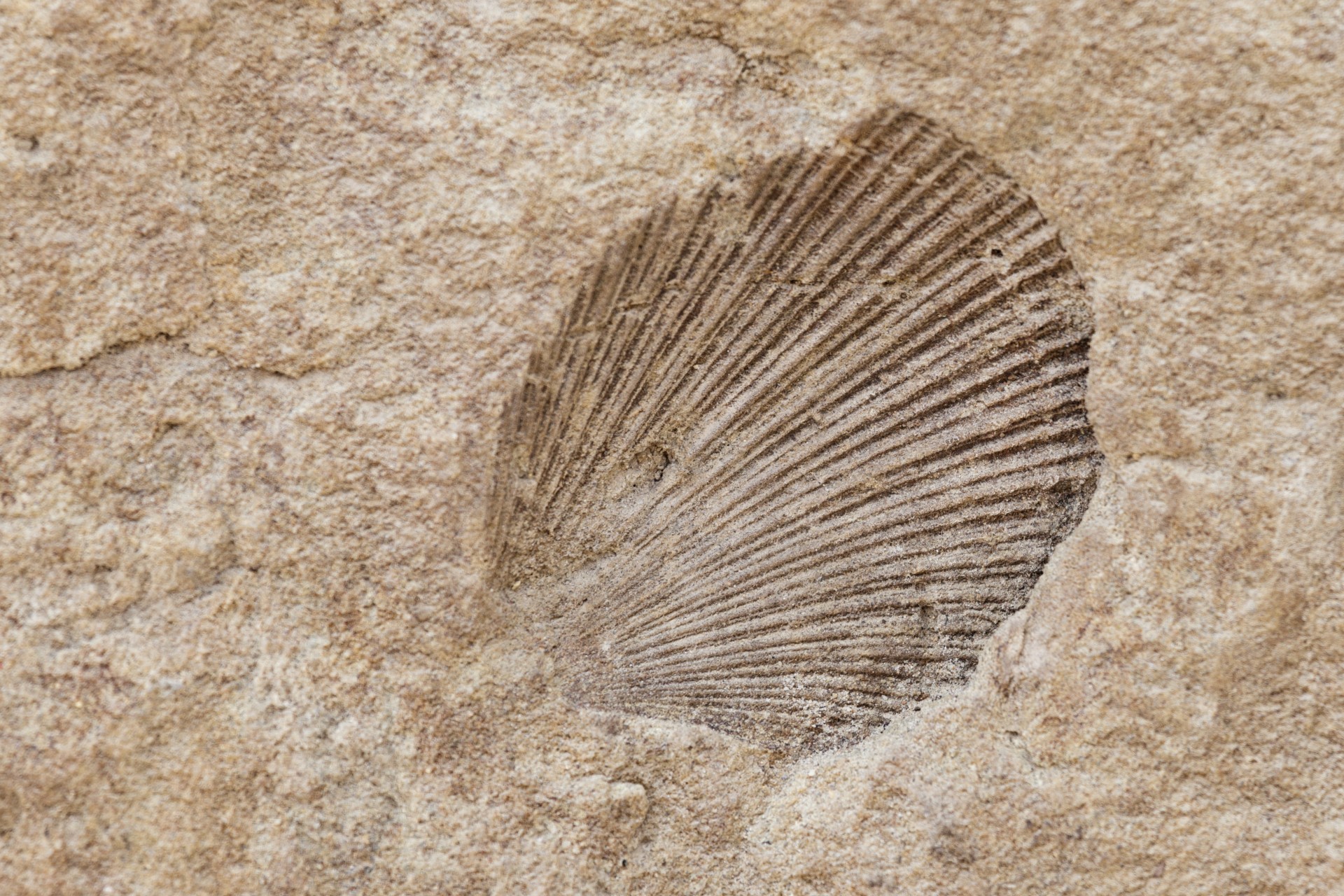
A Shell Fossil Free Stock Photo Public Domain Pictures
By Fiona Tapp Discovering a fossil can feel like stumbling upon a great treasure and it really is quite a special find. Fossils can be formed from animal bones, leaves and shells, they are naturally formed and they are a pressing or an impression of a prehistoric sample of life. Fossils can either be body or trace fossils.

Beautiful spiral shell fossils that the boys have given me over the years (all from Central
The seashells and fossils you will find during your Treasure Quest are from Africa and Asia. Our shells are from the Indo-Pacific region of Asia which includes the tropical waters of the Indian and Pacific oceans. Our fossils are from the Sahara Desert in Morocco. This portion of Northern Africa was once covered in water and is rich in marine.
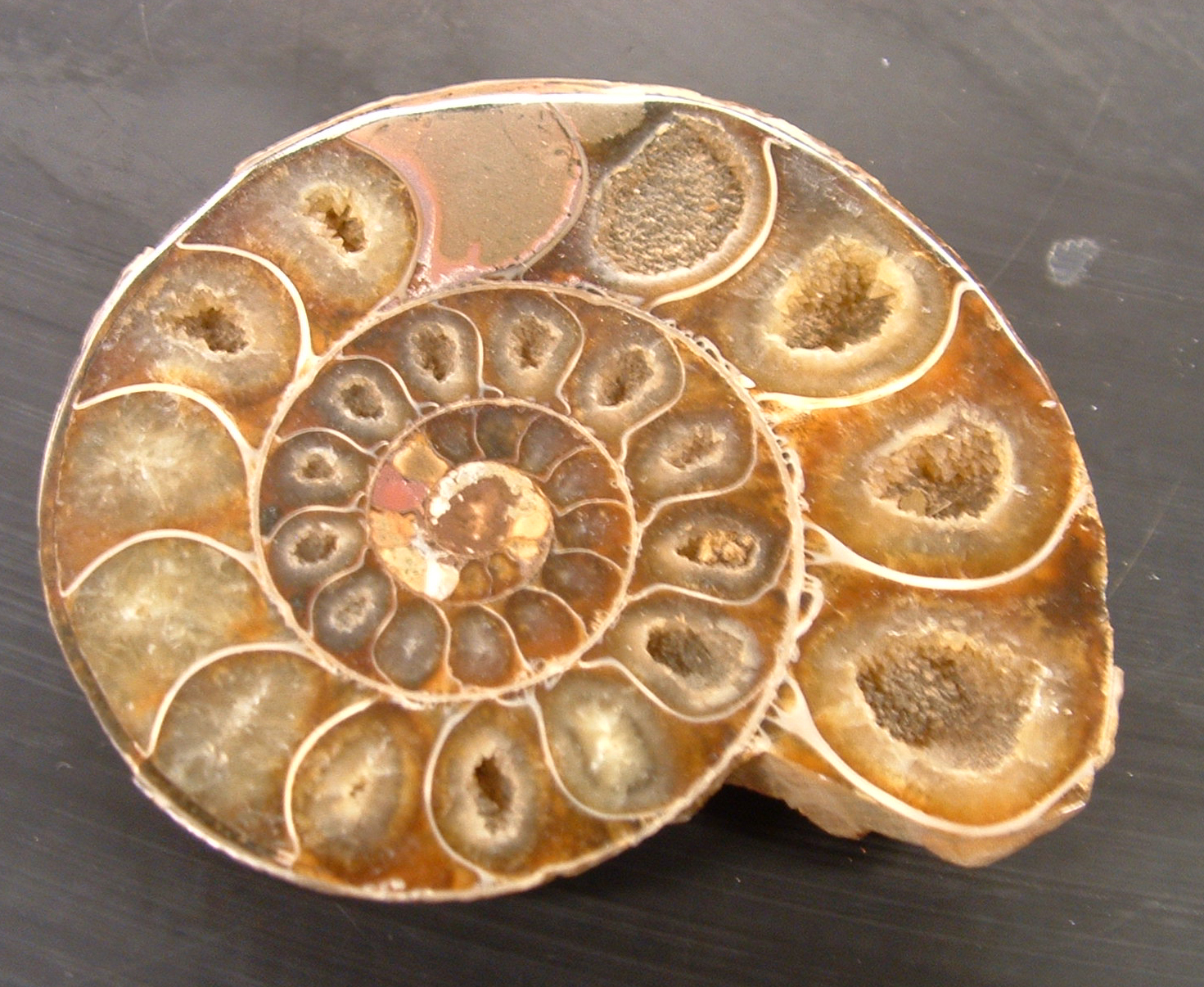
Fossilization, Online Biology Library, Biology, SUNY Orange
PreK-12 Grades K-2 Seashells and Fossils The "Seashells and Fossils" program introduces K-2 students to marine fossils through the study of modern seashells and coastal sediment from the Aurora, NC. Below are some sample resources we have developed for this topic.

Seashell Mollusk Ammonite Fossil Background Stock Image Image of fossil, nature 181785875
Atrypa brachiopods , Orbiculoidia brachiopods and some Productid brachiopods have circular shapes at certain orientations and do not have grooved ornamentation like many other shelled fossils. Look to see if you can see a tiny protrusion on one side of the shell that might be a hinge to the shell valves.

PREHISTORIC SEA SNAIL GASTROPOD FOSSIL CLUSTER FROM FRANCE *GA051 TIME VAULT GALLERY
The shell is in pristine condition. Credit: Foster et al. The research entailed examining more than 2,300 fossil shells from marine snails and bivalves from under a microscope. And although a handful of shells record some growth impairment, there were no signs of patched holes, a tell-tale sign of mollusks living in an acidic environment.